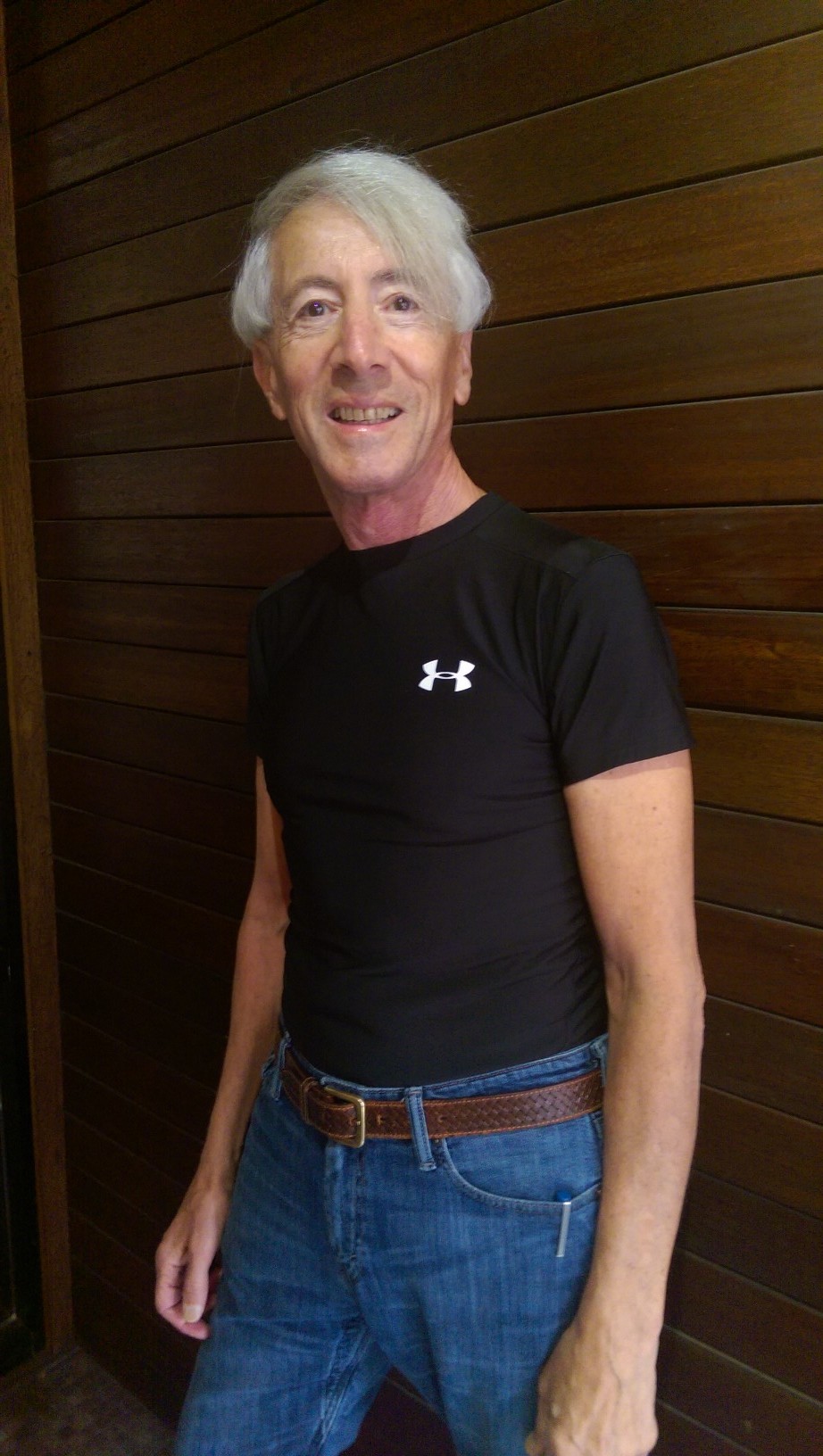On March 26, Twitter and other social media sites were suddenly and distressingly flooded with noxious, uncanny images. Old memes were suddenly recreated with round-faced, wide-eyed, warmly-lit, pastel animated characters, in a manner that’s initially pleasing but — the longer you look — feels increasingly and disorientingly soulless. All of these images were created via OpenAI’s new 4o image generator, done entirely by an algorithm that scanned the beloved works of Studio Ghibli, the powerhouse Japanese animation studio, to replicate the instantly recognizable house style that has made the company such an international cultural juggernaut.
There are many reasons to feel disgust toward the co-opting of Ghibli’s artistry and the vision of animators like Miyazaki or fellow director Isao Takahata by grifting tech influencers. It reflects a depressing reduction of animation into cheap aesthetic signifiers rather than a true art form, and a culture that has become more concerned with regurgitation and imitation rather than creating something new.
But maybe the greatest sin of all of this is how, as social media has been flooded by pure slop masquerading as Ghibli work, one of the company’s greatest and most eternally relevant films has returned to theaters now, more beautiful and brilliant than ever. With a new 4K restoration courtesy of GKIDS, released to celebrate the 40th anniversary of Ghibli, Miyazaki’s seventh feature “Princess Mononoke” looks amazing onscreen. And the environmental epic, with its moving consideration of the relationship between humanity and the planet we inhabit, is a film that shows how Ghibli’s work can never be replicated by a computer.
Released in 1997 to critical acclaim, “Princess Mononoke” is one of many projects Miyazaki made with the intention that it would be a swan song to his career, well before “The Boy and the Heron” or “The Wind Rises” were advertised as the director’s final film. No expense was spared in production. The most expensive animated film produced in Japan at the time to the tune of 2.35 billion Yen, “Princess Mononoke” cost over double that of any previous Ghibli film. Made right on the precipice of digital animation, the film was still largely done via traditional hand-drawn animated techniques, and a staggering 144,000 frames were created to build the film’s world, a fantastical vision of feudal Japan.
The result is a film that is never anything less than stunning — and one that, with its high-fantasy trappings, menacing creatures of the forest, and sometimes bloody action, is completely distinctive and mesmerizing. The lush landscapes of forests and fields that warrior prince Ashitaka traverses in his quest to cure the curse inflicted on him by the boar god Nago are teeming with details, with attention to the breeze on a mountain or the light peeking through the branches of a tree that makes this world feel tactile and real. The character designs, inspired by Japanese history and folklore, are instantly iconic, from the terrifying demon boar that opens the movie to the iconic outfit of the eponymous San, a human girl who has become an ally and protector of the wolf gods and whose path crosses with Ashitaka.
As Ashitaka’s quest takes him to San’s home, where she fights with a clan of wolves and where a god of life and death known as the Forest Spirit dwells, he also encounters the town of Tataraba (or Iron Town), a settlement ruled by the ambitious Lady Eboshi. Consisting mostly of those disenfranchised by warfare that has ravaged the country, Tataraba is a small settlement that Eboshi is determined to see thrive, using new technology like firearms to defend her home. She’s also determined to raze the forest to mine iron and kill the gods that rule over the land, all for the good of her people, putting her directly in conflict with San, who deeply distrusts even the most benevolent of humans.
Environmental storytelling is often dismissed as overly preachy but what makes “Princess Mononoke” stand alone is the empathy it has for everyone involved within this conflict. Rather than a simple good vs. evil story that its setup might be leading to, “Princess Mononoke” strives to showcase the complexities of both the spirits and the humans, who have inter-faction conflict and disagreements over their goals and the methods they’re willing to take to achieve them. There’s no true villain in the movie, just a sickness unleashed upon the land that the heroes need to dispel, brought forth by people with good intentions but whose actions prove disastrous and uncaring toward the equilibrium between humanity and spirits.
Princess Mononoke’s message was timely in 1997. Nearly 30 years later, as carelessness and wastefulness towards the planet and its resources continue even as the climate crisis grows more dire, there’s something all the more impactful about Miyazaki’s warnings that we must find balance in our relationship with nature before tragedy strikes.
“Princess Mononoke” isn’t a tragedy, of course, but its ending isn’t an unqualified triumph either. San and Ashitaka defeat the curse and restore the forest to its original beauty, but the destruction and the bloodshed still leave scars upon the land and the people. Rather than fully building a life together, the two main characters resolve to visit each other even as their worlds remain separate. “I love you,” San tells Ashitaka as they part, “but I’ll never forgive the human race.” “Princess Mononoke” is a film that, with its beauty and its sincere appreciation for the magic of the world around us, inspires viewers to prove that the human race can be worthy of that forgiveness.


